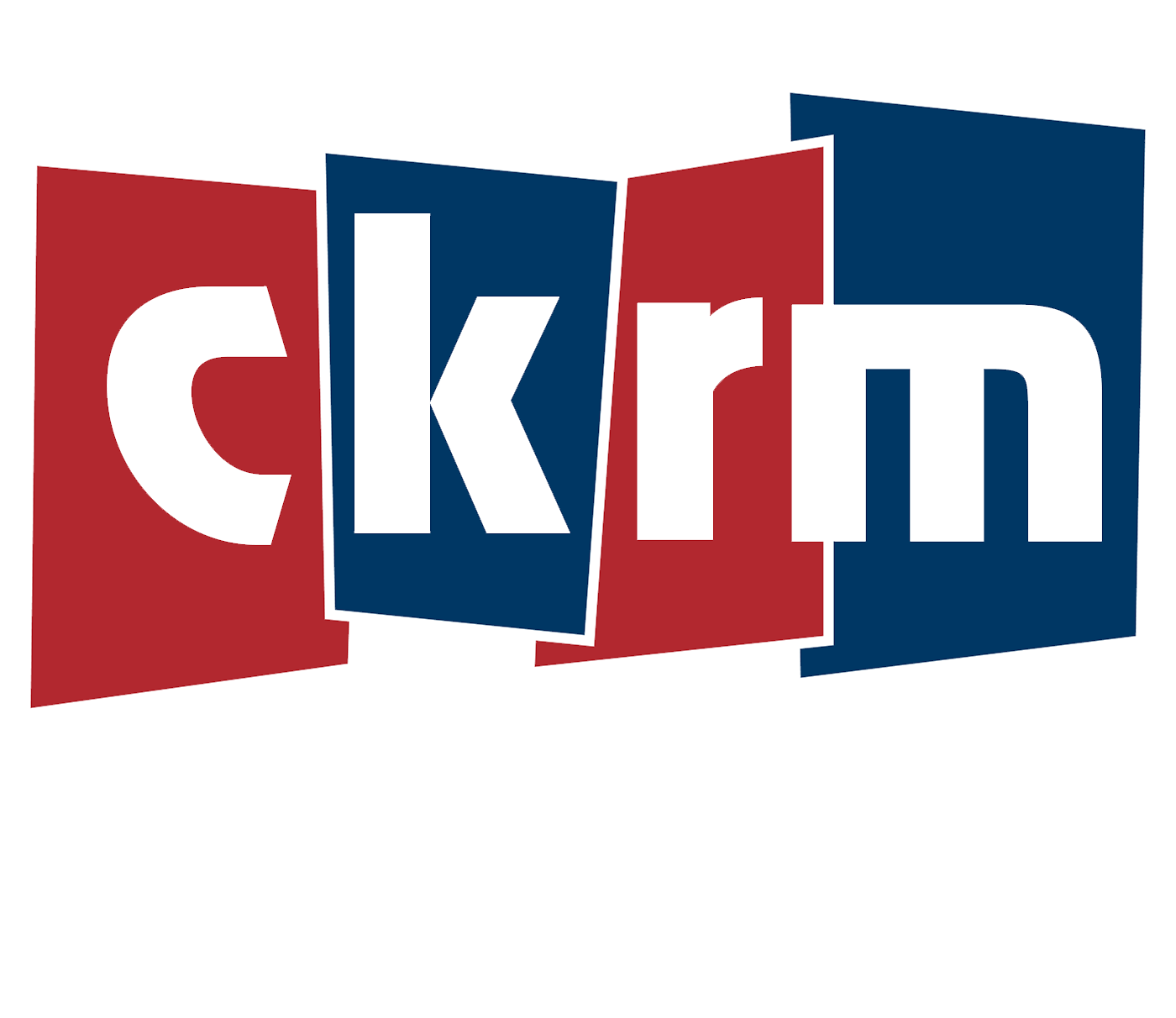The agriculture section of the 2024-25 Provincial Budget was well received by a group representing agricultural producers and a group that represents rural municipalities.
“APAS welcomes the $570.6 million investment in the agriculture budget, representng a $22.4 million increase
from the previous year,” said Ian Boxall, APAS president in a news release. “This funding is pivotal for bolstering Saskatchewan’s agricultural sector, contributing significantly to its resilience and growth.”
“That’s how we can do good work on our farms and we all believe in sustainability,” said Bev Pirio, Vice-President of the Agricultural Producers Association of Saskatchewan (APAS) of the funding for ag research. “That’s why we do what we do. We love that land, so we’re going to care for it in the best way possible and its always good to have new and improved ways of doing things.”
Pirio and Boxall also appreciated the additional 38 weather stations around the province as part of enhancements made to weather-based programs under Crop Insurance, announced earlier this month.
“Investing in 38 additional weather stations is a positive step, but it falls short of adequately covering Saskatchewan’s vast agricultural landscape,” said Boxall. “We continue to advocate for an expanded network of weather stations to provide timely and accurate information crucial for decision-making by producers and crop insurance programs.”
“We hope that it can continue to improve year-over-year because there’s so many pockets in the province that just don’t get measured properly and so by increasing that budget and increasing those weather stations I think we can get some better data.” Pirio added.
Pirio says if there was anything to criticize about the budget, it was the lack of a drought preparedness plan. She says the proposed plan would act as a proactive program for producers during a drought year rather than reactive.
“At this time there is a great amount of concern for drought for this upcoming year.” Pirio said.
APAS also mentioned in the news release its “disappointment that the budget did not signal progress in working with farm groups and producers to develop a yield cushioning program for those facing multi-year drought and crop yield declines.”
“SCIC currently applies the cap after two consecutive years of below 70 per cent average production. Alberta supports yield cushioning for any year yields fall below 70 per cent,” explained Boxall. “There are many farmers experiencing multi-year production losses far below their normal yields and are now faced with increasing premiums and reduced coverage – a challenging situation for farmers.”
What SARM says about the Budget for Ag
The President of the Saskatchewan Association of Rural Municipalities (SARM) was pleased to see some of the organization’s lobbying efforts bear fruit.
Before the provincial budget was released, Ray Orb was hoping for more funding for the Rural Integrated Roads for Growth Program, and it saw an increase of $2.35 million to $17.35-million for the new fiscal year.
“That will give us another $1-million for capital projects and about $1.4-million for heavy truck corridors,” said Orb. “We’ll continue to lobby for more funding as time goes on, hoping even next year we can get more of an increase.”
Another big item for SARM was an increase to the Municipal Revenue Sharing – 340.2 million dollars is budgeted between Urban and Rural communities. Of that amount, $96.9-million is allocated to rural areas, which Orb says criteria is used to determine how the money will be distributed, from the amount of roads in a rural community, to population.
“It’s kind of renegotiated every five years – SUMA and SARM and (areas) in the north have a consultation with the provincial government to lobby for their share, and if there’s an increase in anyone’s share it has to be agreed to by the other parties…generally that formula is fairly transparent and easy to follow.” Orb added. “Some R.M.s may get a little less and some a little more, that’s just an average number because population does fluctuate from census year to census year.”
Orb was also glad to see an increase to the Ministry of Agriculture’s funding as farming affects every R.M. in the province. Like Boxall and Pirio, Orb applauded previous announcements of enhancements to weather based programs under Crop Insurance. The head of SARM also liked the freezing of grazing rates for Crown Land and the $89.4-million to support programs under Sustainable CAP as “those are programs R.M.s rely a lot on as so do farmers as well.”








